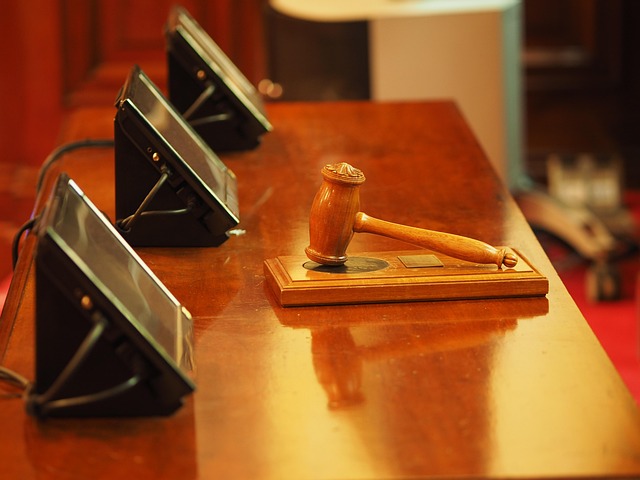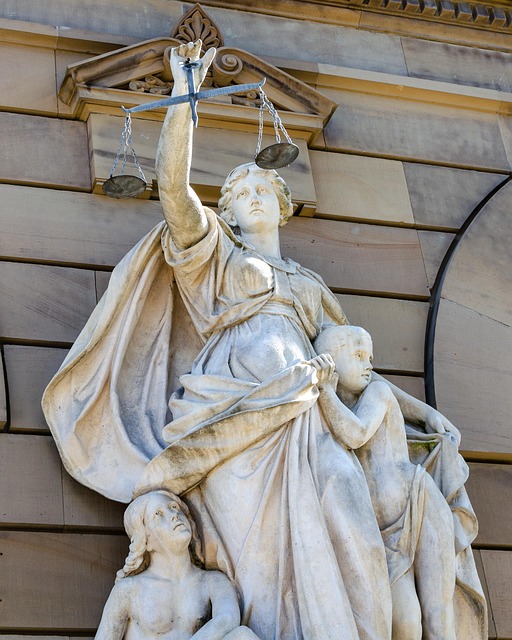Public corruption, a complex web of bribery, fraud, and misappropriation, is combated by a robust legal framework. Success in consumer protection lawsuits serves as a powerful model, showcasing how meticulous investigation and strategic legal approaches can lead to significant outcomes like criminal convictions and financial recoveries. These cases not only provide relief for victims but also deter future corruption, emphasizing the importance of ethical conduct and empowering consumers to fight back against fraudulent practices. Examples of successful consumer protection lawsuits play a vital role in upholding public integrity and driving systemic change.
“Public corruption charges pose a significant threat to societal trust and economic stability. This article explores the intricate world of consumer protection lawsuits targeting corrupt entities, offering a balanced view with a focus on legal strategies and notable success stories. From defining public corruption to understanding specific legal frameworks, we delve into how consumers can fight back. We present ‘Examples of Successful Consumer Protection Lawsuits’ that have led to positive outcomes, emphasizing the impact of collective action in combating this pervasive issue.”
- Understanding Public Corruption Charges: Definition and Legal Framework
- Common Types of Consumer Protection Lawsuits Against Corrupt Entities
- Success Stories: Notable Consumer Protection Lawsuits with Positive Outcomes
- Strategies for Building a Strong Case Against Public Corruption
- The Impact of Consumer Action on Combating Public Corruption
Understanding Public Corruption Charges: Definition and Legal Framework

Public Corruption Charges refer to illegal acts by public officials or those seeking office, involving abuse of power for personal gain. This includes bribery, fraud, and misappropriation of funds. The legal framework surrounding these charges is designed to protect the integrity of governance and maintain the public’s trust. It involves a multi-step process where law enforcement agencies investigate, gather evidence, and present cases to prosecutors. These prosecutions often attract significant media attention due to their high-stakes nature, with the potential for achieving extraordinary results in terms of both criminal convictions and financial recoveries.
Understanding the legal framework is crucial in navigating all stages of the investigative and enforcement process. Unlike consumer protection lawsuits, which may have more straightforward examples like a company selling defective products, public corruption cases can be complex and nuanced. However, successful outcomes in high-stakes cases have shown that thorough investigations, robust evidence, and strong legal arguments can lead to significant reforms and increased accountability.
Common Types of Consumer Protection Lawsuits Against Corrupt Entities

When it comes to public corruption, consumers often find themselves at a disadvantage. However, there are several common types of consumer protection lawsuits that have achieved extraordinary results against corrupt entities. These include fraudulent practices, unfair pricing, and misrepresentation of products or services. For instance, cases involving mortgage fraud have led to significant settlements across the country, providing relief to affected consumers.
Examples of successful consumer protection lawsuits demonstrate the power of collective action. By banding together, individuals can hold corrupt businesses accountable for their actions. These suits not only provide financial compensation but also serve as deterrents, underscoring the importance of ethical conduct in respective business sectors. Such victories send a strong message that corruption will not be tolerated and that consumers have a voice in fighting back against unjust practices.
Success Stories: Notable Consumer Protection Lawsuits with Positive Outcomes

In the battle against public corruption, notable consumer protection lawsuits stand as success stories, demonstrating the power of legal avenues to safeguard citizens’ rights. These cases, often involving complex investigative and enforcement processes, send a strong message to businesses and public officials alike. By holding wrongdoers accountable, these lawsuits not only secure justice for victims but also strengthen ethical practices within the respective business sectors.
Examples of successful consumer protection lawsuits have been instrumental in fostering transparency and accountability. Through meticulous investigations at all stages, these cases expose fraudulent activities and ensure fair play. The positive outcomes not only provide economic redress to affected individuals but also inspire philanthropic and political communities to advocate for stricter regulations, ultimately paving the way for a more transparent and ethical public sphere.
Strategies for Building a Strong Case Against Public Corruption

Building a robust case against public corruption requires a meticulous approach, drawing from examples of successful consumer protection lawsuits to establish a solid foundation. Firstly, gathering comprehensive evidence is paramount. This involves meticulous documentation, witness testimonies, and expert opinions that can expose illicit financial transactions or abuse of power. Unlike general criminal defense strategies, public corruption cases demand a deeper probe into complex financial networks and obscure channels used to conceal misdeeds.
The presentation of this evidence in court is crucial, aiming for a compelling narrative that resonates with juries. Lawyers should craft persuasive arguments that not only outline the illegal activities but also their impact on the public. Leveraging real-world examples of winning challenging defense verdicts can inform tactics, demonstrating how effective legal strategies can dismantle corrupt practices. Through careful preparation and a strategic approach, these cases can lead to significant outcomes, ensuring accountability and setting precedents for future cases.
The Impact of Consumer Action on Combating Public Corruption

The role of consumers in fighting public corruption is a significant yet often overlooked aspect of modern governance. When individuals become aware of corrupt practices within government or state-affiliated entities, their collective action can have a profound impact. Consumer activism, fueled by knowledge and empowerment, has emerged as a powerful tool to hold institutions accountable. For instance, successful consumer protection lawsuits against corrupt corporations have set precedents across the country, demonstrating the potential for citizen engagement to drive systemic change.
These cases not only secure financial reparations for affected parties but also serve as powerful examples of how white-collar and economic crimes can be addressed. By joining forces, consumers can expose fraudulent activities, encourage regulatory bodies to take action, and foster a culture of transparency. The ripple effect of such initiatives extends beyond individual justice; it contributes to the overall integrity of public systems and ensures that government entities remain responsive to the needs of their citizens. Examples of successful consumer protection lawsuits highlight the effectiveness of this collective approach in combating corruption, making it a vital strategy in the broader fight against white-collar crime.
Public corruption is a pervasive issue, but consumer action can be a powerful tool in the fight against it. By understanding the legal framework and leveraging successful strategies, individuals can hold corrupt entities accountable. Examples of successful consumer protection lawsuits demonstrate that collective action can lead to significant positive outcomes. Navigating these cases requires thorough evidence, expert insights, and a commitment to justice. As we’ve explored, when consumers unite, they can expose and combat public corruption, ensuring a fairer and more transparent society.






